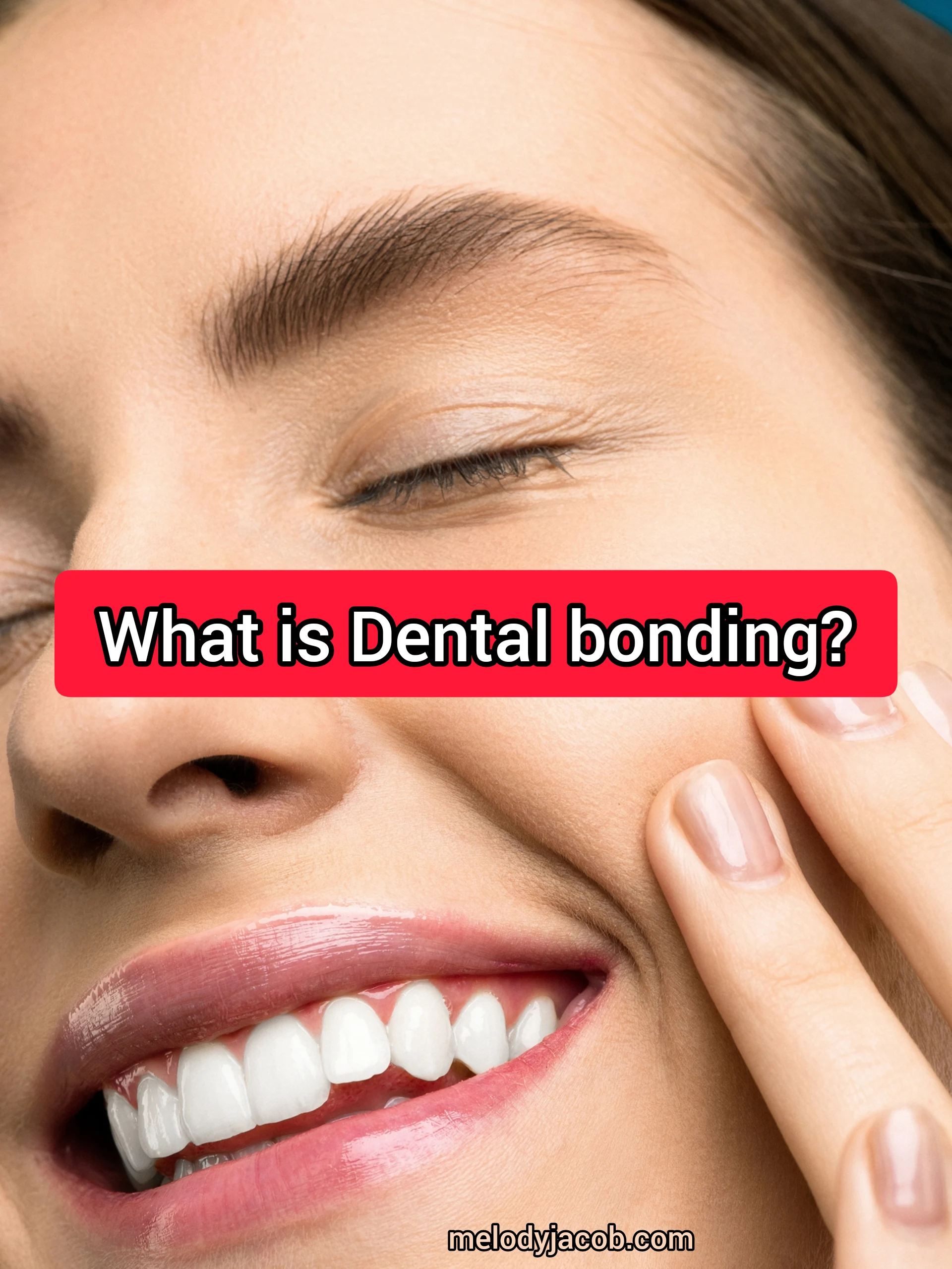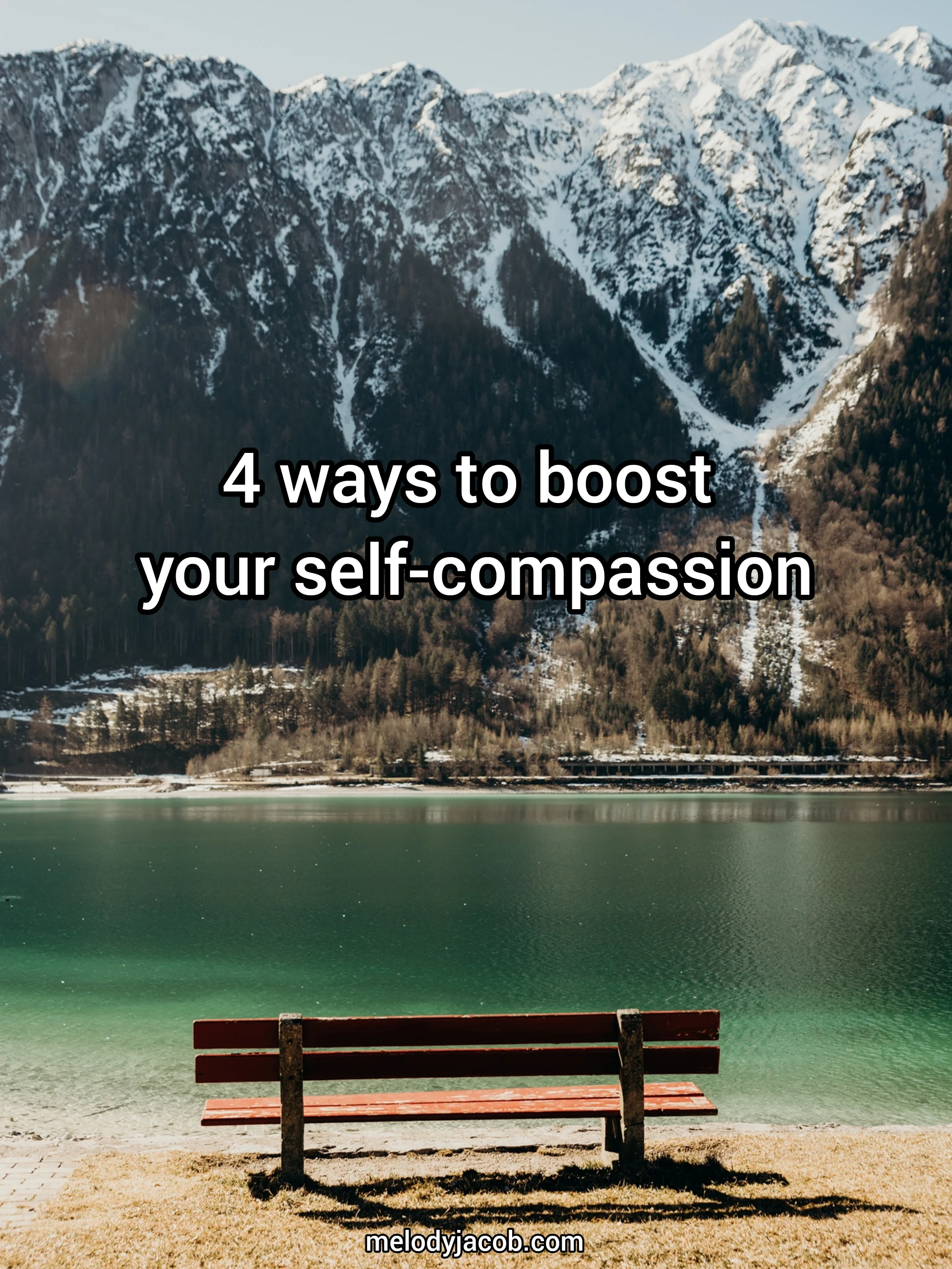 |
| pexel image |
You've probably heard about this diagnosis. It's now commonly referred to as "computer vision syndrome" by doctors. Long-term use of not only computers, but also e-books, mobile phones, and tablets, is, of course, one of the causes.
Fortunately, the theory that this can lead to irreversible changes in the eyes or vision has been refuted.
Doctors give a simple explanation for the occurrence of dry eye syndrome:
Evolutionarily, the human eye was not made to work long hours in front of a computer screen. When visual demands are higher than visual capabilities, the risk of getting dry eye syndrome goes up.
Naturally, the longer the use of digital screens, the higher the degree of anxiety.
Of course, you don’t have to give up on online slots for real money in South Africa, but you should prioritize your health. So, if you're experiencing any of these signs, here's what you should do.
Dry eye syndrome is manifested by the following signs:
- dry eyes
- Redness
- A feeling of "sand in the eye"
- I have a feeling of something strange in my eye.
- burning
- paradoxical lacrimation
- photophobia
- distortion of vision.
These clinical signs are temporary and may go away after you stop using computers or digital screens, but in some cases, they may be permanent:
The clinical signs are:
- headaches
- I have neck, back, and shoulder pain.
- Blurred vision
- dichotomy
- Redness
- dryness in the eyes.
The risk factors and causes are:
- 2 or more hours of continuous work on the computer.
- The presence of glare and reflections from computers makes it difficult for the eyes to work.
- incorrect distance and angle from the computer.
- incorrect posture
- insufficiently fixed visual issues.
- When visual demands exceed a person's visual capabilities,
- poor lighting.
Ophthalmologists say that the main reason for dry eyes in people with computer vision syndrome is that they blink less.
 |
| pexel image |
When a migraine's distinctive throbbing subsides, the relief is immense. But for many people who suffer from these potentially devastating headaches on a daily basis, their suffering does not end when the pain subsides. Instead, a unique phase of migraine known as the postdrome causes individuals to feel achy, exhausted, bewildered, and confused—symptoms that are strikingly similar to those of a whole different condition.
The "migraine hangover," dubbed the "migraine hangover," follows up to 80 per cent of migraine attacks, according to a study published in Neurology. Scientists are increasingly focusing on this hitherto under-recognized aspect of migraine.
Because patients are unaware that postdrome symptoms are a normal aspect of migraines, they come up with creative ways to describe them. They feel washed out, their skull feels hollow, or they feel like they have a hangover when they weren't drinking. Prior to recent years, science had not paid much attention to this aspect of the syndrome, but it is a natural step to focus on the whole problem.
“We cannot solve problems with the kind of thinking we employed when we came up with them.” — Albert Einstein
“Learn as if you will live forever, live like you will die tomorrow.” — Mahatma Gandhi
“Stay away from those people who try to disparage your ambitions.
“When you give joy to other people, you get more joy in return. You should give a good thought to happiness that you can give out.”— Eleanor Roosevelt
Sometimes, pain serves a purpose, such as when it alerts us to an ankle sprain. However, for many people, pain can persist for weeks or even months, causing unnecessary suffering and impairing quality of life.
If your pain has overstayed its welcome, you have more treatment options than ever before. Here are eight techniques to control and reduce your pain that does not involve an invasive procedure or medication.
1. Heat and cold. These two tried-and-true techniques continue to be the cornerstone of pain relief for certain types of injuries. If a homemade hot or cold pack is ineffective, consult a physical therapist or chiropractor for treatments that penetrate deeper into the muscle and tissue.
2. Exercise. In chronic conditions such as arthritis and fibromyalgia, physical activity is essential for breaking the "vicious cycle" of pain and decreased mobility. Try light aerobic exercises like walking, swimming, and cycling.
Porcelain veneers are thin shells that cover the natural tooth, protecting it while also improving the appearance of your smile. If you are considering porcelain veneers, we recommend that you seek expert advice from your dentist.
According to a recent survey, one in every five people owns a smartwatch or fitness tracker. These wrist-worn monitors are a convenient way to track your daily steps, and they're likely more accurate than the tally on your smartphone, which you may not have with you at all times. Most wearable devices also provide a variety of other data, such as your heart rate, walking speed, and so on.
But does using one have an impact on how active people are? The answer is yes, according to the largest study on the subject to date (see "Fitness trackers and activity levels: What's the evidence?"). Regular physical activity is essential for a healthy heart, and the improvements seen in this study could potentially make a difference, according to Dr Megan Wasfy, a cardiologist at Harvard-affiliated Massachusetts General Hospital's Cardiovascular Performance Laboratory.
"The increase in moderate-to-vigorous physical activity was close to 50 minutes per week, which is one-third of the 150 minutes recommended by federal activity guidelines," Dr. Wasfy says. The extra 1,200 daily steps taken when people wore trackers were roughly the same as the number of steps linked to a longer life in several studies. 10,000 steps a day has been recommended as a daily goal for a long time, but research shows that 8,000 steps a day is almost as good for your health, especially in older people.
What is the evidence for fitness trackers and activity levels?
A group of Danish researchers looked at the evidence and analyzed it to find out how feedback from wearable fitness trackers affects how much people work out and do other things.
They found 121 different studies involving nearly 17,000 mostly healthy adults ages 18 to 65. The participants' median age was 47, and the majority were female. The study's intervention periods had a median duration of 12 weeks.
Researchers discovered that using physical activity monitors led to an extra 1,235 steps per day and 49 minutes of moderate-to-vigorous physical activity per week on average. They also stood for an additional 10 minutes per day, though this was insignificant. The study was published in The BMJ on January 26, 2022.

It is known as Ochiricha or Achicha in Igbo, Ndiyah in Ibibio, and Efik, and contains a variety of minerals and phytochemicals, including beta-carotene, vitamin C, riboflavin, niacin, thiamine, flavonoids, alkaloids, saponins, tannins, fiber, other nutrients, and phytochemical characteristics.
These fruits contain a high concentration of vitamins, carbohydrates, phosphorus, potassium, calcium, and magnesium. It includes vitamins, minerals, and other nutrients that are useful to human health in a variety of ways, including the following:
Because of the presence of niacin (vitamin B3) known as nicotinic acid, this fruit helps to lower the level of bad cholesterol, also known as low-density lipoprotein, and boosts high-density lipoprotein, which is the good cholesterol. Scientists put niacin and satin (cholesterol control) through the same tests to see how they affected cholesterol. The results of an experiment on the effect of niacin on body cholesterol have been studied by scientists. It shows that niacin decreased the amount of low-density lipoprotein (LDL) in the blood while increasing the amount of high-density lipoprotein (HDL) more than satin.
Self-forgiveness and self-care appear to be advantageous in their own right. Self-compassion can even pave the way for improved health, relationships, and well-being in general. Numerous benefits of self-compassion have been demonstrated by studies. Higher levels of self-compassion have been associated with lower levels of anxiety and depression. Self-compassionate individuals acknowledge their own pain and are gentle with themselves at these moments, thereby reducing their own anxiety and despair.
Understand self-compassion and learn to have it.
Self-compassion comes easily to some, but not to everyone. Fortunately, it is an acquired skill. People are learning how to find and grow their own self-compassion through a variety of training programs and ideas that have been suggested.
Here are four fast techniques to improve your self-compassion skills:
Relax your body.





